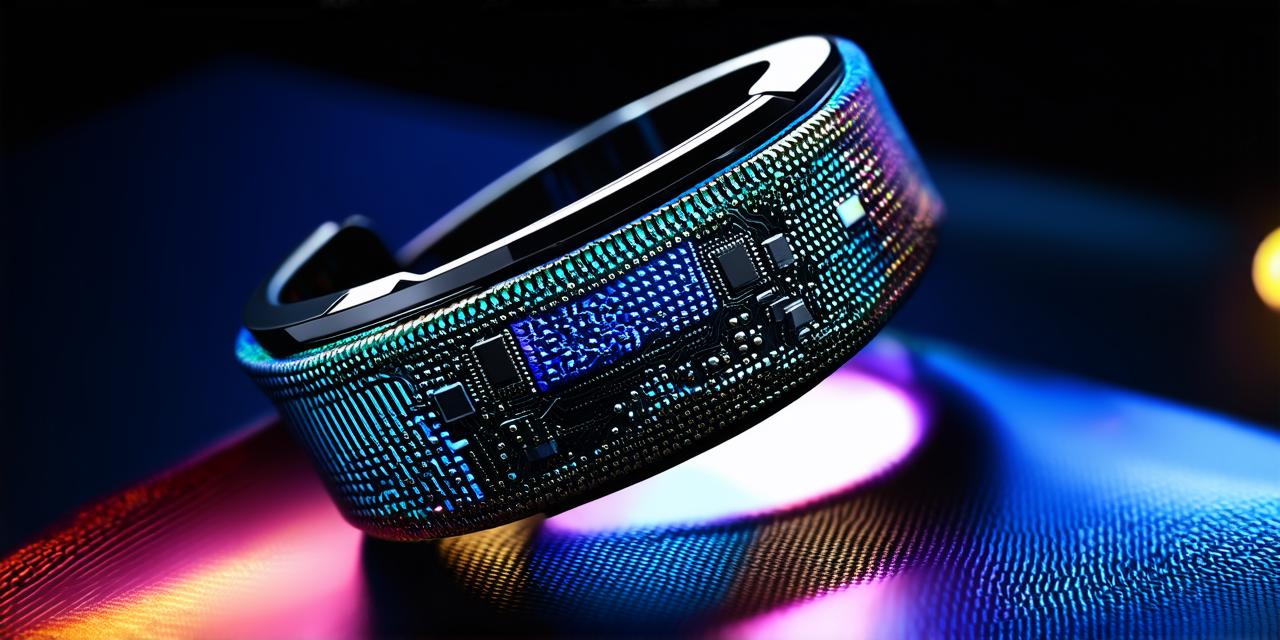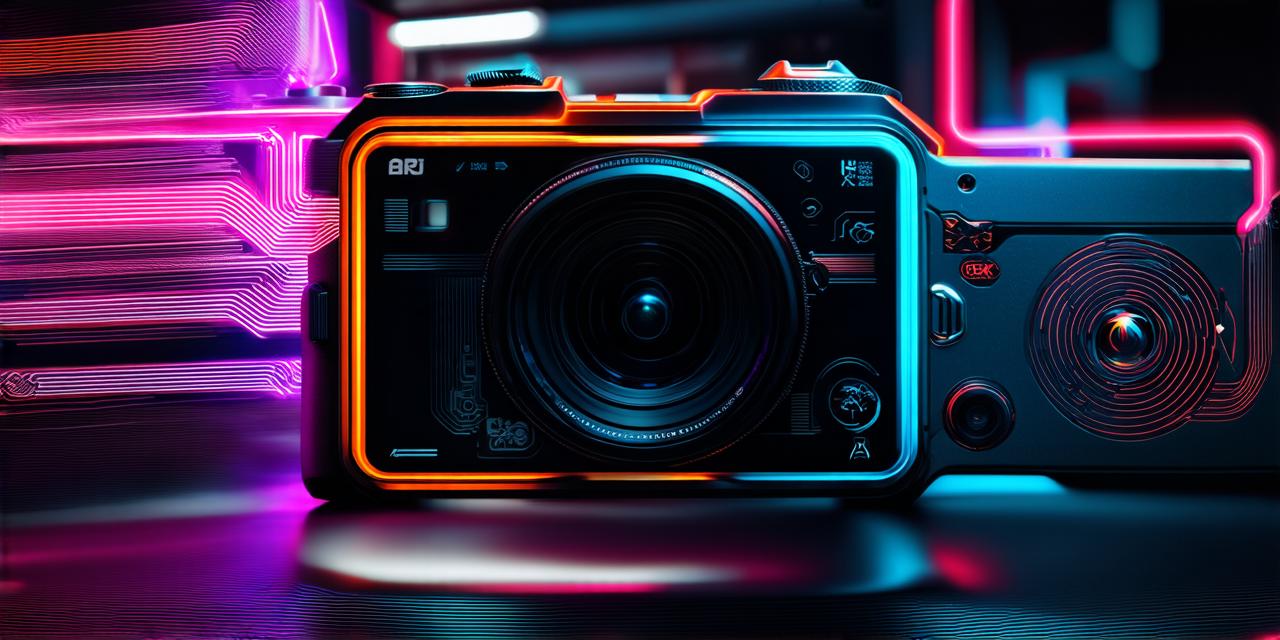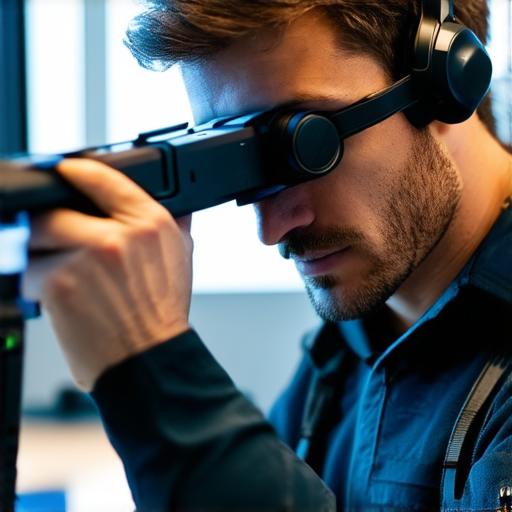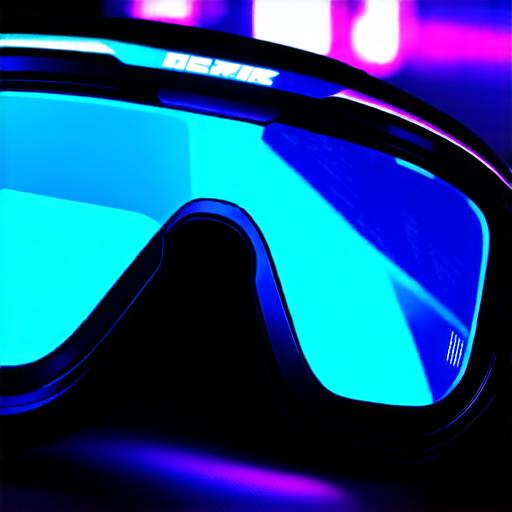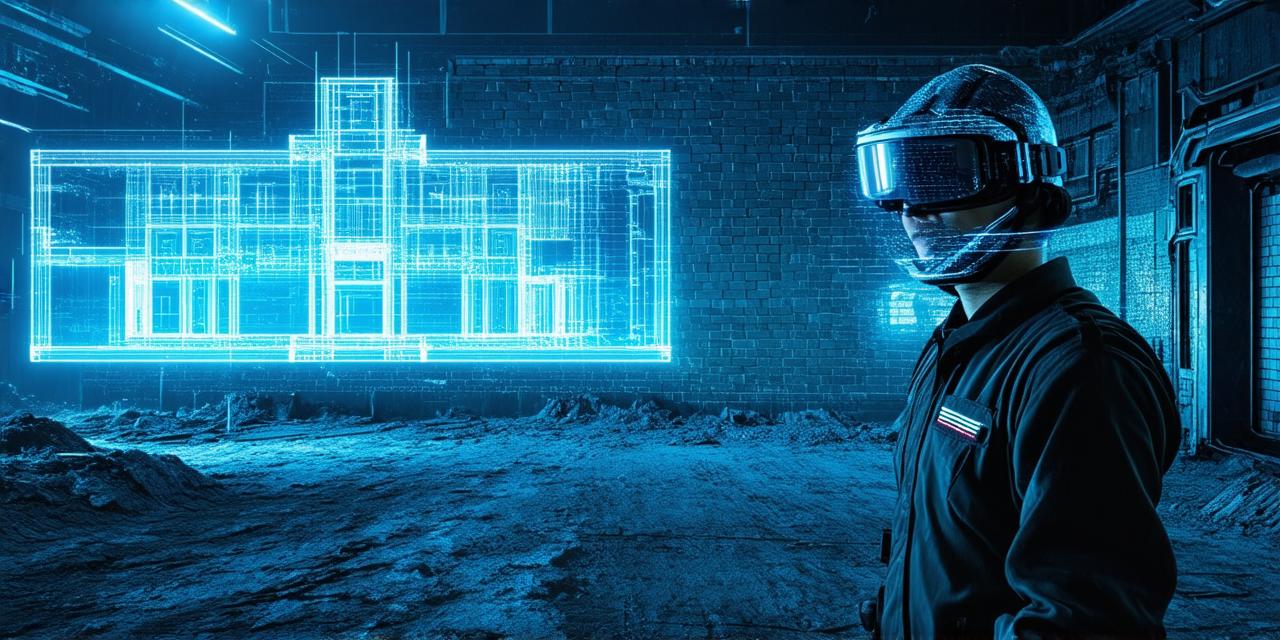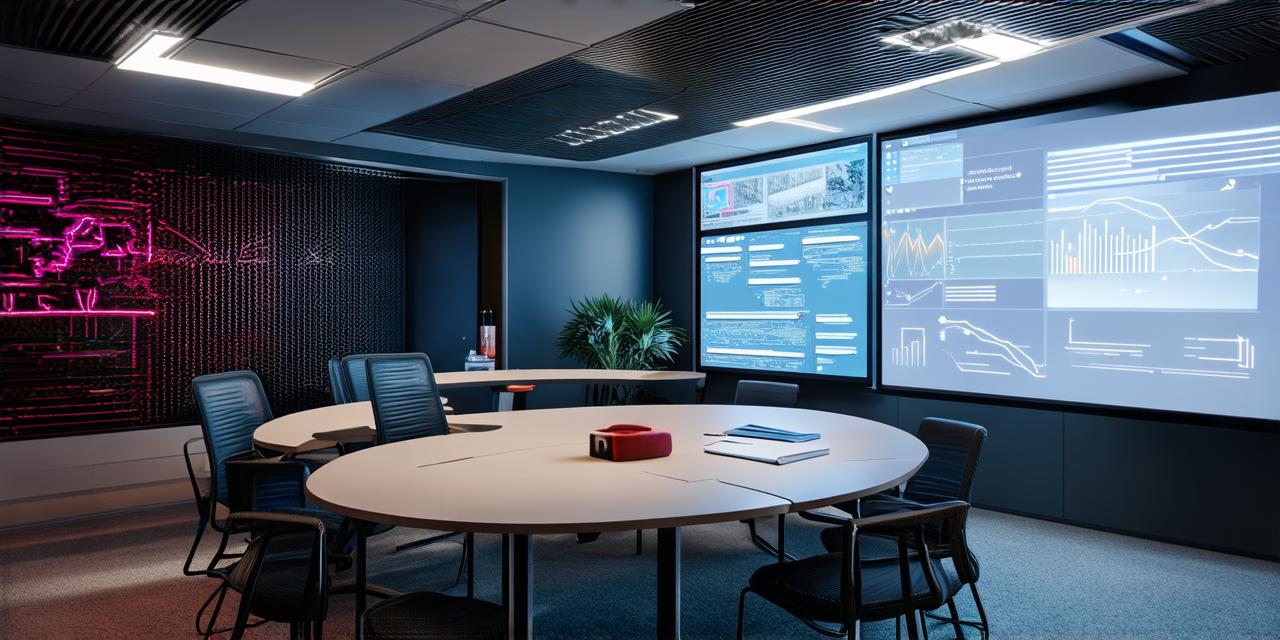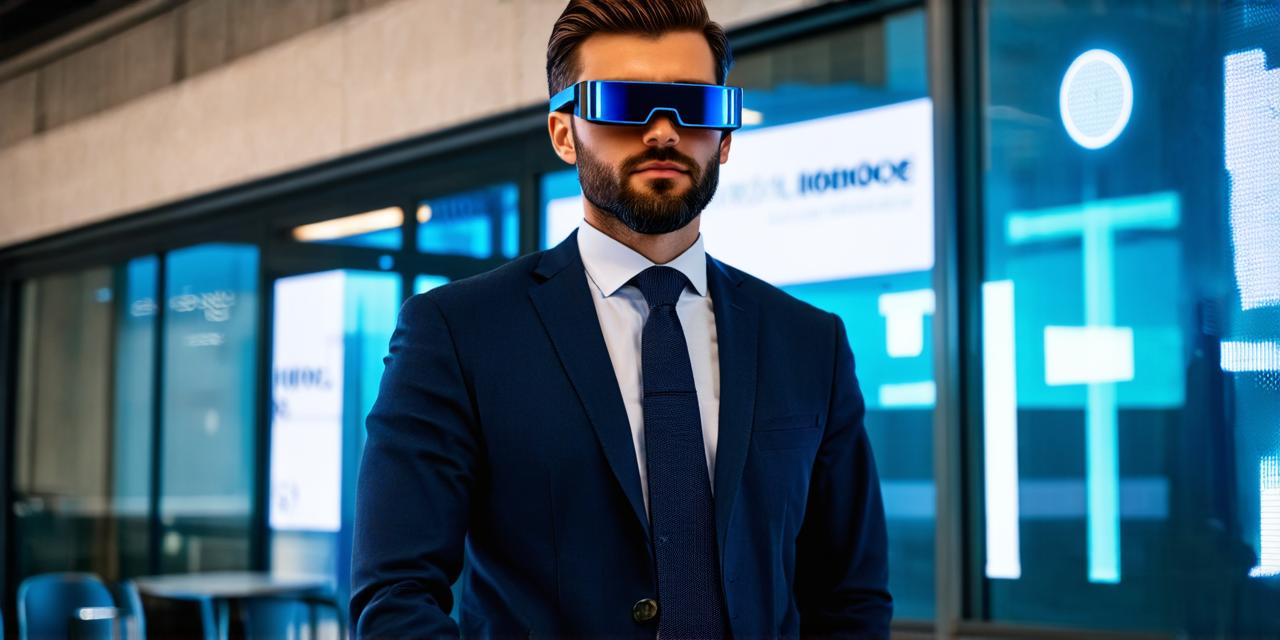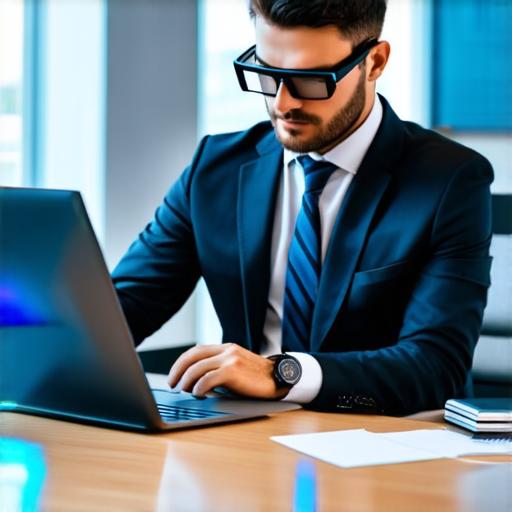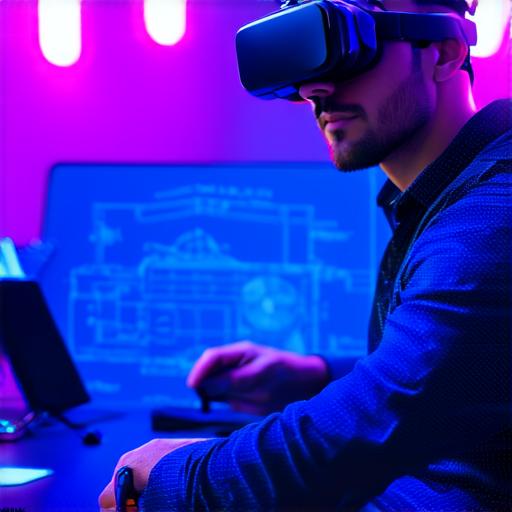Introduction
Augmented reality (AR) technology is transforming the way we interact with our surroundings. From gaming to education, healthcare to marketing, AR has a wide range of applications that are constantly evolving.
What are Augmented Reality Bracelets?
Augmented reality bracelets are wearable devices that project digital information onto the user’s wrist. This information can include graphics, animations, and other interactive content that enhances the user’s perception of their environment. Unlike traditional virtual reality (VR) devices, AR bracelets do not completely immerse the user in a simulated world. Instead, they overlay digital content onto the real world, creating an immersive and interactive experience that blends the physical and digital worlds.
How do Augmented Reality Bracelets Work?
AR bracelets typically use a combination of sensors, cameras, and software to track the user’s movement and provide relevant content based on their location and environment. Some devices may also use GPS to determine the user’s location, allowing for more accurate and personalized content.
Applications of Augmented Reality Bracelets
There are many potential applications for AR bracelets, ranging from gaming and entertainment to education and healthcare. Here are a few examples:
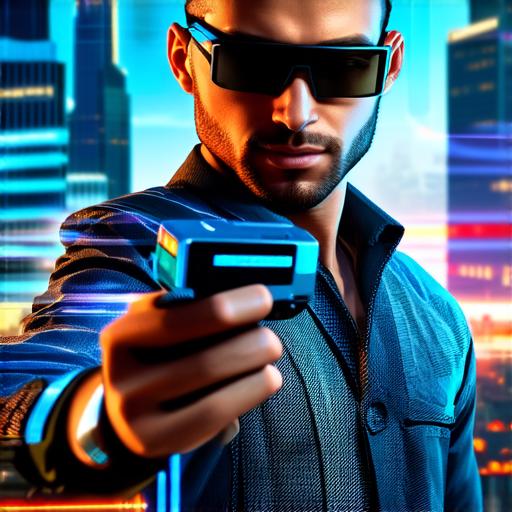
- Gaming and Entertainment: One of the most popular applications of AR bracelets is in gaming and entertainment. These devices can provide an immersive and interactive experience that blends the real world with virtual content. For example, an AR bracelet could allow users to play a virtual game by interacting with physical objects in their environment.
- Education: AR bracelets have the potential to revolutionize the way we learn. By overlaying digital content onto the real world, these devices can provide an immersive and interactive learning experience that enhances understanding and retention of information. For example, an AR bracelet could be used in a history class to provide students with a virtual tour of a historical site.
- Healthcare: AR bracelets have many potential applications in healthcare, including in rehabilitation and therapy. For example, an AR bracelet could be used to help patients with physical injuries or disabilities to perform exercises and movements that are difficult or impossible to do in real life. By providing visual feedback and tracking progress, these devices can help patients improve their range of motion and overall health.
- Marketing: AR bracelets have the potential to revolutionize marketing by allowing businesses to create immersive and interactive experiences for customers. For example, an AR bracelet could be used in a retail store to provide customers with virtual try-ons of clothes or makeup products.
FAQs
Q: How accurate are AR bracelets in tracking user movement?
A: The accuracy of AR bracelets depends on a variety of factors, including the quality of the sensors and software used. However, modern devices are generally very accurate and can provide real-time feedback based on the user’s movement and orientation.
Q: Can AR bracelets be used in dark environments?
A: Yes, most AR bracelets have built-in flashlights or other lighting features that allow them to function in low light conditions. However, it is important to note that the accuracy of these devices may be affected by poor lighting conditions.
Q: Are there any limitations to what AR bracelets can do?
A: Yes, while AR bracelets have many potential applications, they do have some limitations. For example, they may not be suitable for use in extreme environments or situations where physical safety is a concern. Additionally, the technology required to create AR content can be expensive and may limit the availability of certain types of content.
Conclusion
Augmented reality bracelets are a fascinating and exciting new development in the world of wearable technology. These devices have the potential to revolutionize the way we interact with our surroundings and enhance our understanding of the world around us. While there are still many challenges to overcome, the potential applications for AR bracelets are vast and varied, making them an exciting area of research and development for AR enthusiasts and professionals alike.
